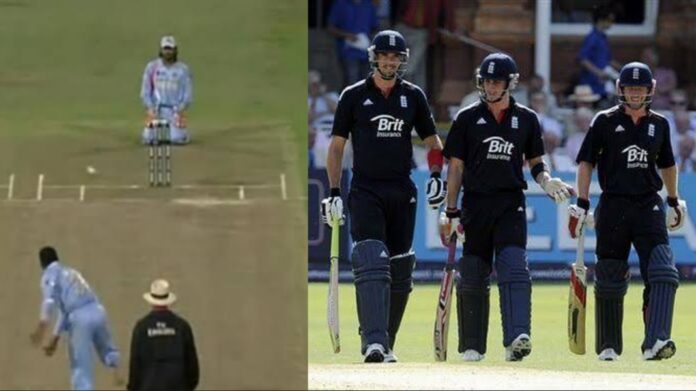Cricket is one of the most unpredictable sports in the entire world. With the constant reduce in the number of overs, the chances of a team that looks weak on paper to beat a comparatively stronger team have increased. The best example is the Asia Cup and IPL tournaments of this year.
Not many fans would have predicted Gujarat Titans and Sri Lanka to win the tournaments, but they mastered the T20 format and achieved success. Just 15 years ago, several cricket pundits were against the T20 format of the game as they felt it may take the charm away from the sport. But right now, T20 matches get more viewership than ODIs and Tests.
Similarly, there are some old rules which were abolished by the decision makers in cricket. The following five rules deserve another go.
1. Bowlout to decide the winner of tied matches (only in bilateral cricket matches)
Most of the cricket fans have lost interest in bilateral matches. To make things exciting, the decision makers could think of having a bowlout instead of a Super Over to decide the winner of a tied match.
2. Super Sub rule in cricket
ICC introduced a Super Sub rule in 2005. It allowed the captains to have 12 players in the team, with the Super Sub walking in as a replacement for one of the 11 other players whenever needed. A rule like this can add excitement to a format like ODIs.
3. Runner rule in cricket
This rule was abolished because some batters misused it. However, with some changes, the runner rule can be reintroduced because a set batter will be forced to retire hurt if he is unable to run properly.
4. Batting powerplay
The batting powerplay was a strategic thing used by the batting team, which made things exciting for batters, bowlers and spectactors in the five overs. Only three fielders could stand outside the 30-yard circle. However, ICC canceled the rule to make things simple for the fans.
5. 1 bouncer per batter per over
In 1991, ICC introduced a rule for bouncers, allowing bowlers to bowl a maximum of one bouncer to one batter in one over, meaning if a new batter came in, the bowler could bowl one more bouncer. However, it has been changed to a maximum of 2 bouncers per over now. A rule change could make things exciting.




